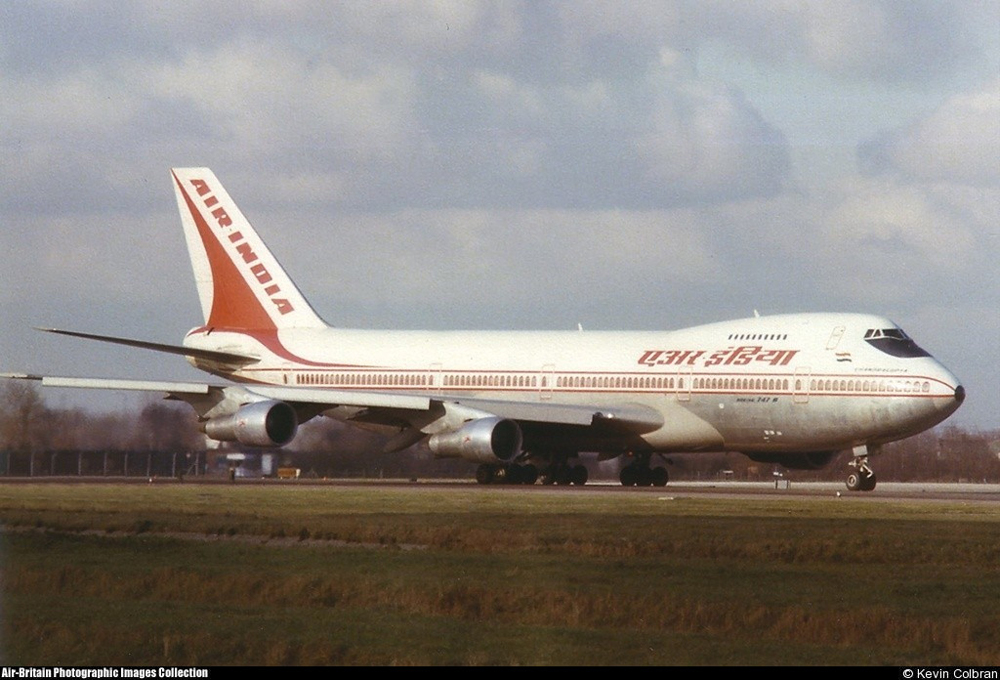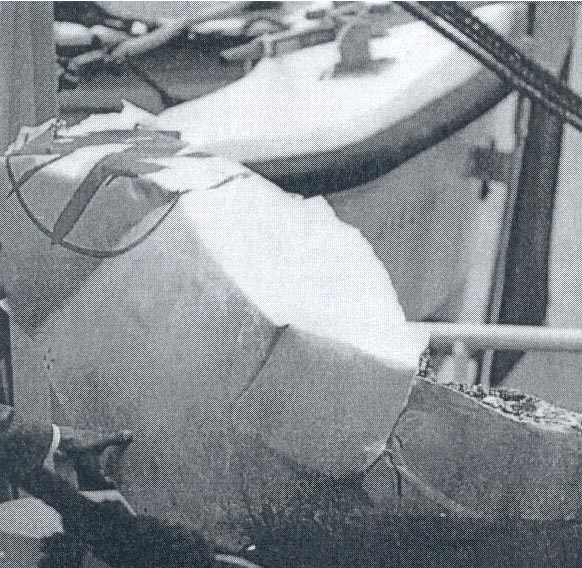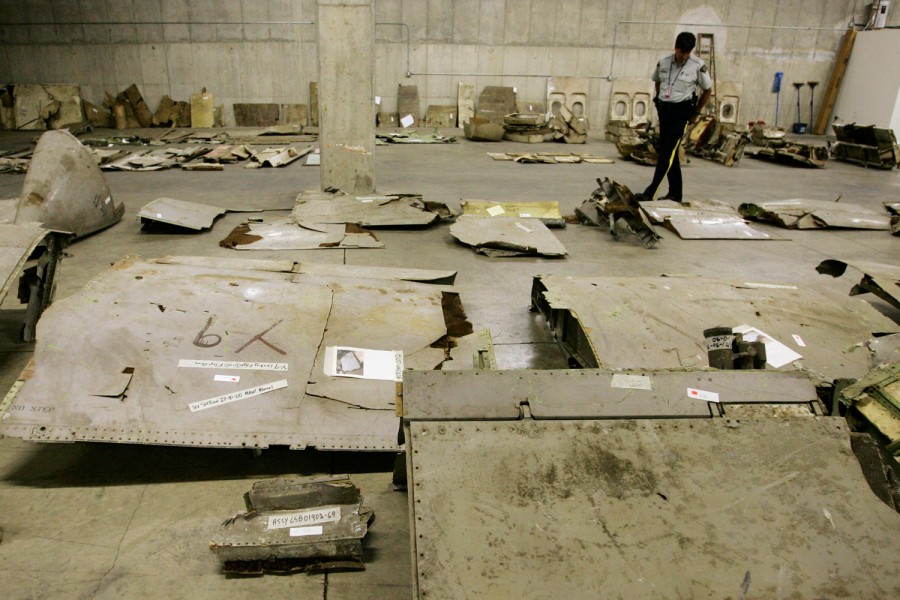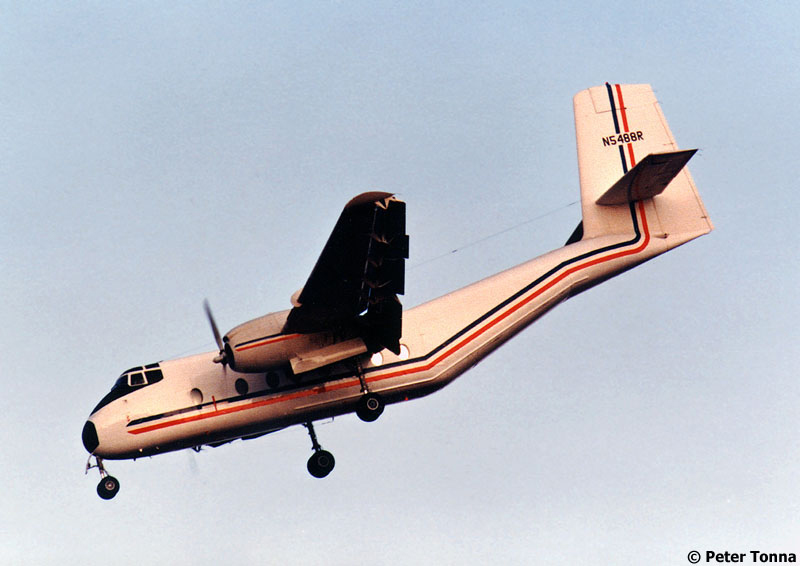Crash of a Piper PA-61P Aerostar (Ted Smith 601P) in the Atlantic Ocean: 1 killed
Date & Time:
Feb 17, 1996 at 2130 LT
Registration:
N956AF
Survivors:
No
Schedule:
Swainsboro – Hilton Head
MSN:
61-0515-215
YOM:
1978
Crew on board:
1
Crew fatalities:
Pax on board:
0
Pax fatalities:
Other fatalities:
Total fatalities:
1
Aircraft flight hours:
2884
Circumstances:
The pilot had departed Swainsboro, Georgia at 1930 EST on an IFR flight. About 12 minutes later, he informed Jacksonville Center that he was very dizzy and could not see. There were no other recorded transmissions from the pilot. The airplane was tracked on radar until radar contact was lost at 2130. The airplane was at a heading of 110 degrees and an altitude of 9,000 feet the entire time. Attempts to locate the airplane by aerial intercept were uneventful. All shipping vessels along the airplane's expected course, were notified of the airplane's estimated fuel exhaustion point. No contact was reported and the search was suspended. Prior to departing Swainsboro, the pilot had mentioned to his wife that he had a headache. A review of the pilot's medical records revealed that he had twice indicated on his application for a medical certificate that he had a medical history of unconsciousness. In addition, he was being treated for hypertension with Norvasc and chlorthalidone prescription drugs.
Probable cause:
Pilot incapacitation.
Final Report:












